Preserving a 30-year legacy of Brooklyn Bike Racing at FBF
Floyd Bennett Field Needs Your Help
Last week, when the official unofficial Floyd Bennett Field Instagram account posted a teaser announcing the start of racing in two weeks, the New York City cycling community rejoiced. The sound of the peloton blocking out their Tuesday night calendars was nearly as loud as disc brakes in the rain.
The truth is, while many of us sat around nervously wondering if our beloved Tuesday night race series would return, Tom Mains, along with a few members of the cycling community, have been working behind the scenes to save the series. What did it need to be saved from? The answer quite simply, is greed.
If you came here just to find out how you can help, here’s where you can donate money to keep the race series accessible and alive for years to come. Take a look at the nice pictures that follow, close this tab, and move on with your life.
But if you, like me, dear reader, have been wondering, “how on earth did we get here?,” have an affinity for public records requests, and love parsing arcane contracts with government entities, I invite you to read on.
Bike racing at Floyd Bennett Field is a decidedly grassroots endeavor (Photo: Daghan)
A very brief history of Floyd Bennett Field
Floyd Bennet Field (FBF) is part of the Gateway National Recreation Area – 27,000 acres of land stretching across New York City and New Jersey that includes both historic land and wildlife habitat. Floyd Bennett Field itself is found within the Jamaica Bay Unit, which also includes the Jamaica Bay Wildlife Refuge, Jacob Riis Beach, and Shirley Chisholm Park. The airport itself was decommissioned in the 70s, and after much ado about what to do with the land, Congress passed the act that created the Gateway National Recreation Area “in order to preserve and protect for the use and enjoyment of present and future generations an area possessing outstanding natural and recreational features.” As a result, the land became the property of the federal government, managed by the National Park Service (NPS).
The area is home to much more than just the pot-holed runways where we race our bikes, the huge ball fields that abut Flatbush Avenue, and the giant airport hangars. There’s camping, grasslands, nature preserves, fishing, archery fields, and it’s one of the few places you are allowed to fly drones, if that’s your thing. If your only trips to FBF, or past other Gateway landmarks, are while doing a quick beach loop, I highly recommend taking a minute sometime to appreciate this really incredible bit of nature right at our door step.
Part of the well traveled route to FBF (Photo: Daghan)
The National Park Service
The National Park Service’s mission statement is rather prescient for our story.
The NPS preserves unimpaired the natural and cultural resources and values of the National Park System for the enjoyment, education, and inspiration of this and future generations. The Park Service cooperates with partners to extend the benefits of natural and cultural resource conservation and outdoor recreation throughout this country and the world.
Numerous plans and studies commissioned by the NPS over the years, even as far back as 1983, repeat the core mission for the space at Floyd Bennett Field – to provide sorely needed mixed use recreational areas for public use. One plan explicitly stated that “outdoor recreational programs will occupy portions of the airfield behind Hangar Row” and that “use of the runway for sports will be expanded.” The entire 1983 Development Concept Plan is about creating a space for the community, administered by the community, with little to no thought about profit. A 2006 Development Concept Plan reiterates the same goal and makes proposals for how to to best get there.
In 2011, after significant input from public meetings with local community groups, businesses, non-profit organizations, public agencies and eleced officials, the Floyd Bennett Field Blue Ribbon Panel released recommendations for how best to elevate the Gateway National Recreation Area, including FBF. The Panel itself was assembled by local political leaders and managed as a partnership between The National Parks Conservation Association and the Regional Plan Association. It should come as no surprise, that gathering real input from the community, resulted in recommendations that prioritized public enjoyment and accessibility over profit. Things like adding bus lines, ferry connections and bike paths to and within the park, improving infrastructure to support ecological restoration, and creating educational and recreational opportunities for use. Notably, one of the recommendations was to “better market existing programs, such as the use of a portion of the tarmac for bicycle races or other events in the future” to help attract new users. (h/t to the commenter below for bringing this report to our attention).
In the late 90s, as Floyd Bennett field lay mostly fallow and the buildings began to deteriorate, NPS started to look for potential commercial partners to manage the hangars. Aviator won the bid for the concession contract, which at the time did not include managing the runway, but rather building and managing a hockey rink and general fitness center. Right from the start, the two parties seemed to have very different goals.
In contrast to the developers’ enthusiasm about the site’s commercial potential, Mr. Garrett of the National Park Service was quick to point out that the Floyd Bennett development, from aviation to athletics to anything in between, was secondary to preserving the field’s historic structures.
“It’s not about development,” he said. “We’re here to protect the historic and natural resources of the park and provide opportunities for the public to enjoy this space. When we get involved with the business side of things, we’re trying to get a business to save a historic building.”
These quotes have proven somewhat prophetic. As the relationship between Aviator and NPS has expanded over the years, Aviator has gained more and more control of the land, resulting in depriving the public of some of its use.
No demonstrable services are provided by Aviator on race day. Photo by Lucia
What’s a race permit anyway?
A major logistical hurdle for bike racing has always been permitting. The previous FBF race promoter worked directly with NPS, who provided permits for a reasonable fee - $150 for the entire series. The race was otherwise self-sufficient, providing its own support, staff, and medical services.
In 2019, when the then race promoter went in search of the same permit, he was directed to Aviator Sports, instead of NPS, who quoted a price of $2,000 per race. What had once been a $150 permit, had now become a $34,000 endeavor for the race season, with seemingly no explanation.
To put this in perspective, it’s worth discussing the permitting landscape. Yes, there are other requirements that vary from bureaucracy to bureaucracy – ambulances, insurance, marshals, but this is just about the permit. Bike racing – or any “competitive athletic event” typically falls under a “special use” or “special event” permit. NYC Parks and Recreation, who provide the permits for CRCA and Prospect Park races, charge $25 for a special event permit. New York State Parks, who permit for events like Bear Mountain, charge $200 + 5% of any revenue. Most NPS special use permits hover around the $50 mark. Sometimes a venue will charge a refundable cost recovery deposit in case the event necessitates restoration and/or rehabilitation, or cleanup of parkland. Cost recovery is based on the size and scope of the event, and if you have ever been to a bike race at FBF, you would know that there is absolutely nothing a couple hundred humans on bicycles can do to damage an already crusty, pothole ridden, deserted airfield runway.
Pre-race preparation at FBF (Photo: Daghan)
The Contract with Aviator Sports
NPS first entered into a concession contract with Aviator in 2006 that did not include permitting or managing the defunct airfield. In the summer of 2017, however, NPS and Aviator amended their original contract and granted Aviator the authority to serve as the agent/representative for NPS for permitting, administration, and management of events at FBF - essentially gifting them another potential revenue stream.
The 2017 Amendment to the contract was made, in large part, due to financial difficulties that Aviator was facing. NPS agreed to multiple concessions, seemingly all to Aviator’s benefit – waiving base concession fees and agreeing to pay for utilities, among other things. The contract gave Aviator the right to administer formerly NPS permitted events for activities on the airfield runways and charge reasonable rates to do so.
Considering the cost of obtaining a bike permit in other parts of the city, it would be fair to say that $34,000 is not, in fact, “reasonable and appropriate for the type and quality of facilities and/or services required and/or authorized” as the contract with NPS requires. Indeed, this exponential increase in permitting fees flies in the face of NPS’s own stated principle that “revenue considerations are subordinate to the objectives of protecting and preserving park areas and of providing appropriate and necessary visitor services”, and their directive that Aviator may not use the contract “as justification for an increase in rates charged to the public.” One might say, to use a legal term of art, that the cost increase shocks the conscience.
FBF is unique in its ability to bring together the NYC cycling community on Tuesday nights (Photo: Daghan)
Why Floyd Bennett Field Matters
Floyd Bennett Field is one of the most longstanding, unique, beloved, accessible and diverse races available to New Yorkers. You don’t need to join a club or pay for a season pass to race, there’s consistently been a women’s field since 2019 (which many races have been lamentably lacking for years), you don’t need to travel a long distance, or wake up obscenely early. You come, you race, and within two hours you are racing back up Flatbush Avenue because it is, after all, a school night.
These races are not festivals, they are quintessential barebones grassroots operations, and deliberately so. There are no food trucks, no vendors, no hoopla. There are no amenities at Floyd Bennett Field. The road is wide, full of cracks with tufts of grass growing through, and there are no real corners to speak of. There are no pedestrians, joggers, dogs, box trucks, or other paperboy-esque obstacles to worry about.
The fields are always incredibly and consistently deep. You can come to Floyd with dreams of winning a jersey, or just use it as a training race. It’s the perfect place for juniors, or anyone really, to truly learn how to race a bike, for teams to test out tactics. Families and friends show up to cheer on their riders. Many folks roll up to FBF to check out what racing is all about, and decide to try it the next week. It’s also not uncommon for a current professional cyclist to show up out of the blue and sometimes find themselves as foiled by the headwind as any of the amateurs. There’s even a short film about both the Tuesday Night series and the now defunct Thursday Night Series.
FBF field races lower the barrier for entry in so many ways: they are consistently one of the most affordable races, and far more accessible to parts of the city that cannot as easily get to 5am races in Prospect Park and Central Park. By virtue of its schedule and location, it draws one of the most diverse populations of racers and spectators of any race series in New York City.
Meanwhile Aviator, charged with providing access to FBF on behalf of the National Parks Service, has instead managed to (almost) price gouge a community event that actually lives up to the mission of Gateway National Recreation Area and the National Park Service, out of existence.
Starting the ride home from FBF as the sun sets (Photo: Daghan)
Floyd Bennett Field 2023 Series
Here’s where things stand now. Our stalwart race promoter and bike racing champion, Tom Mains, and a group of interested cyclists, have worked tirelessly to save this race. Ultimately, the result is a negotiated, but still outlandish $1250 fee that results in a significant net profit to Aviator on every race day - especially egregious given the lack of demonstrable services provided by Aviator.
This is an unsatisfying ending. A win that’s not quite a win. The Tuesday night race series goes on at least, but Aviator gets away with using its newly gained permitting authority to gouge the local community, charge unjustifiable fees, and put a grassroots race promoter in the impossible position of finding a way to pay these fees while keeping the event affordable and accessible.
We love this race and part of what makes this race great is keeping the barrier to entry low. NPS and Aviator have shirked their duty to the public, but that doesn’t mean the rest of us have to. Now that you know why the race needs your help, if you are able to help keep this race affordable and accessible to other folks in the community, please consider doing so. And, if you are inclined to do more, it might be worth asking your elected official why a NPS contractor is allowed to profit off the backs of the local community by gatekeeping a space that was meant to be preserved for our enjoyment. We will keep you posted if any official advocacy efforts are in the works.
In the meantime, see you at the races.





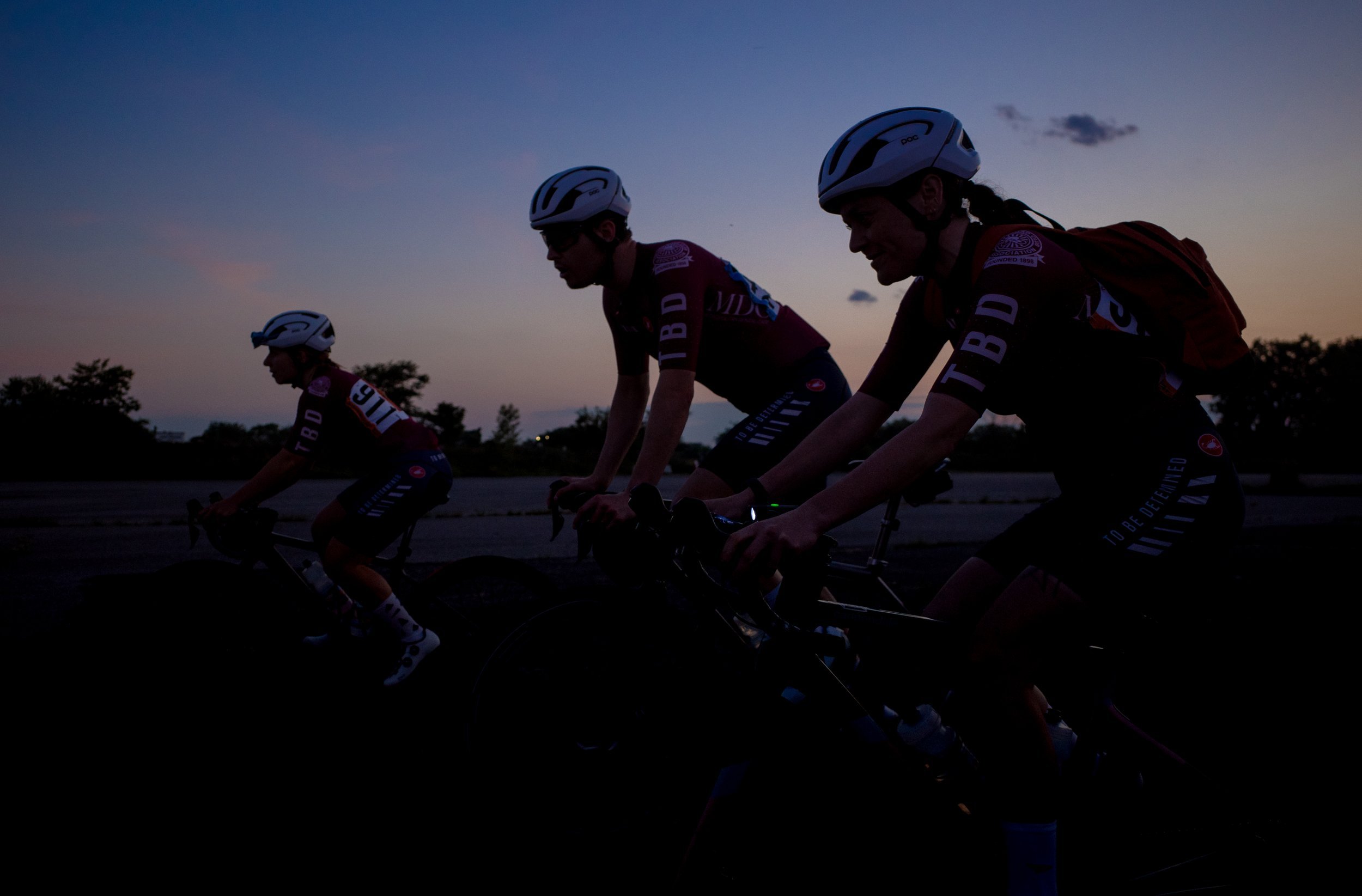
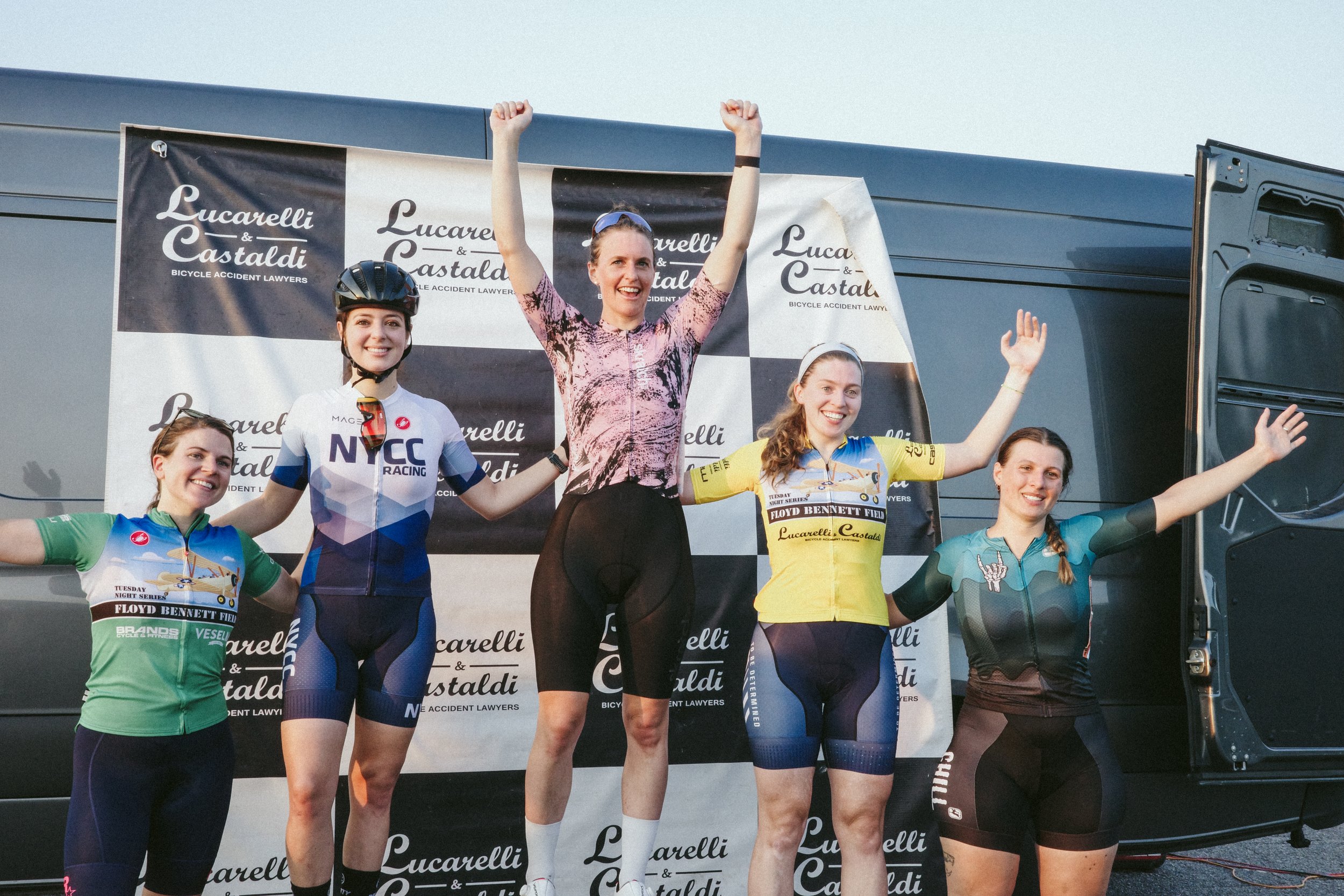
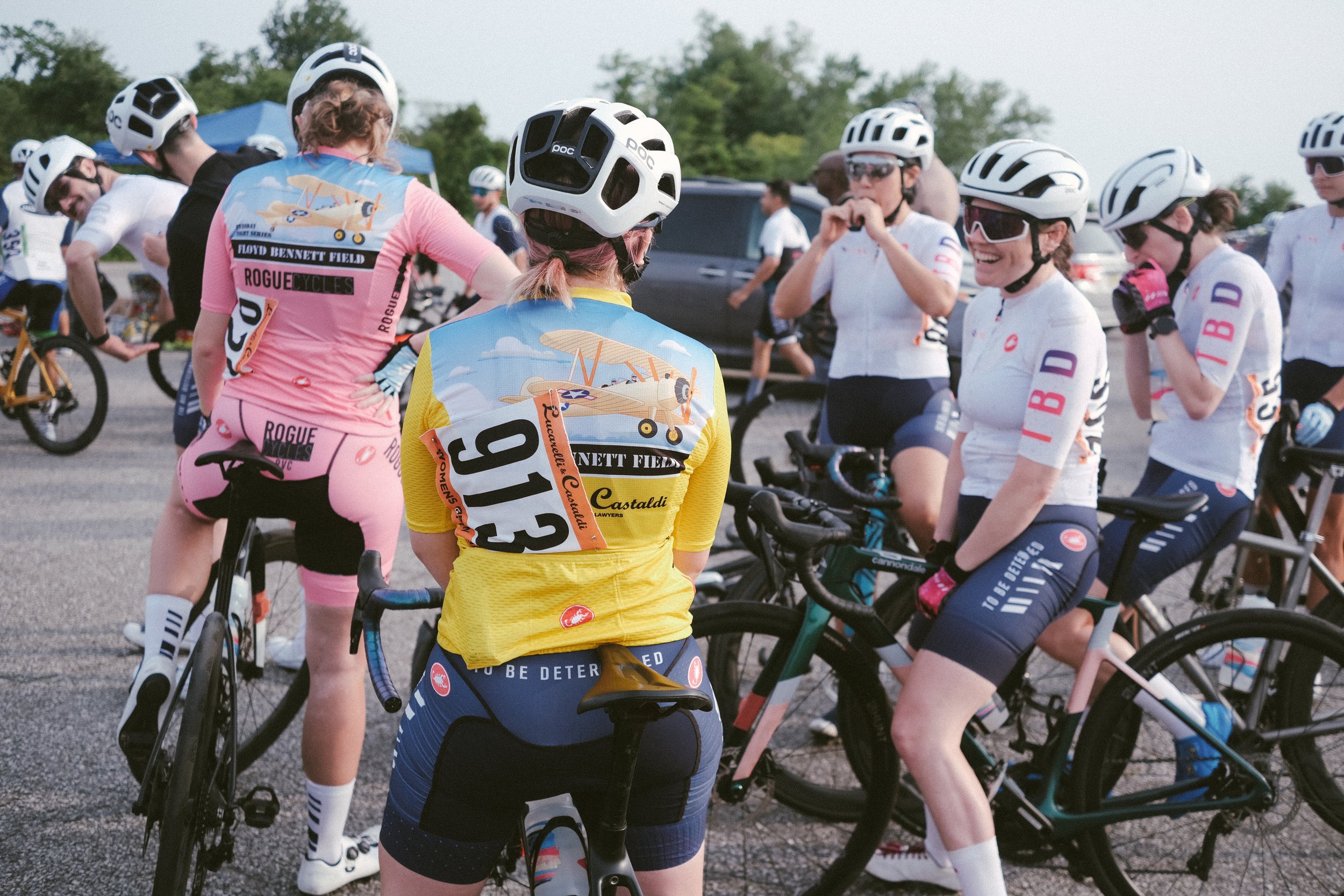
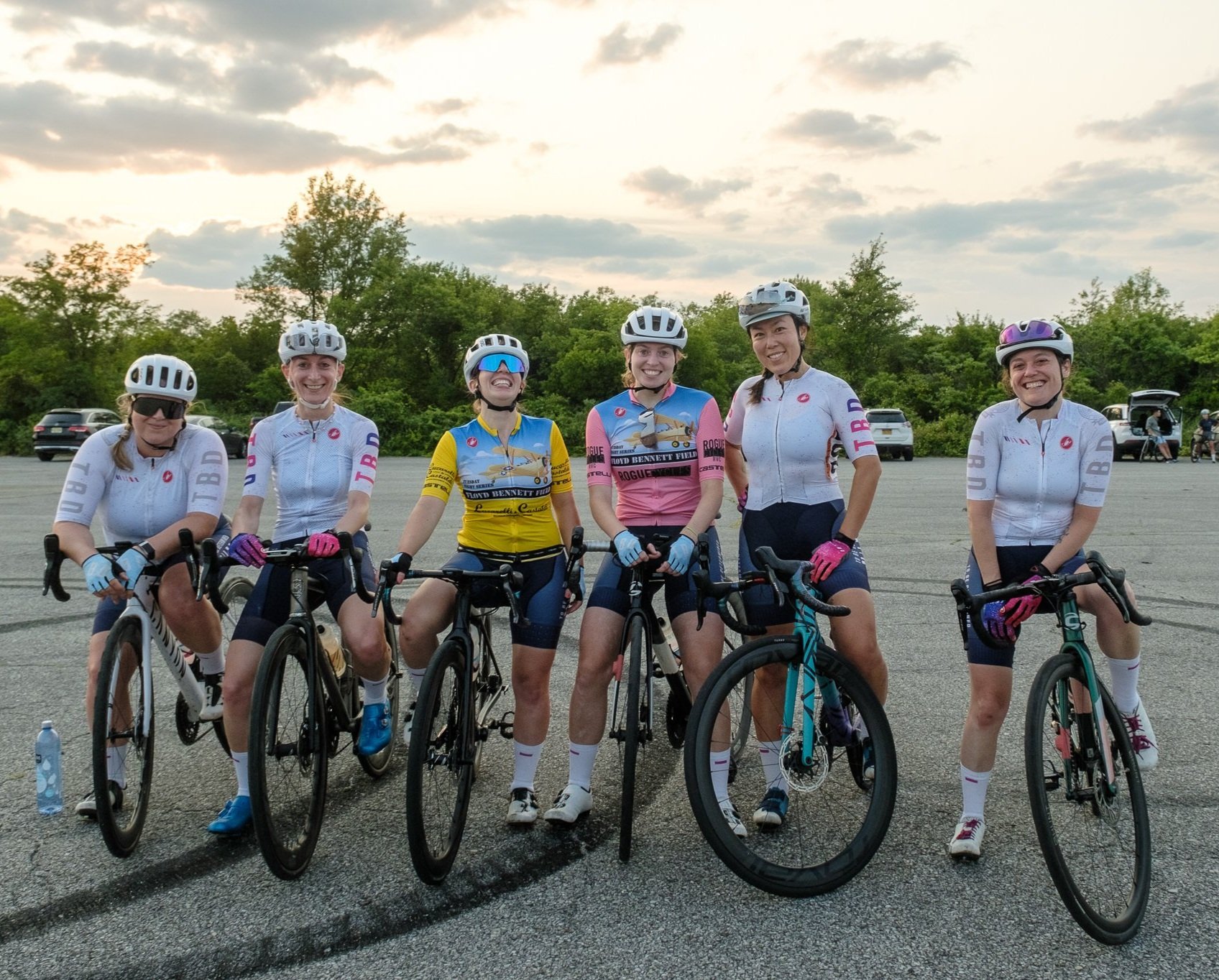
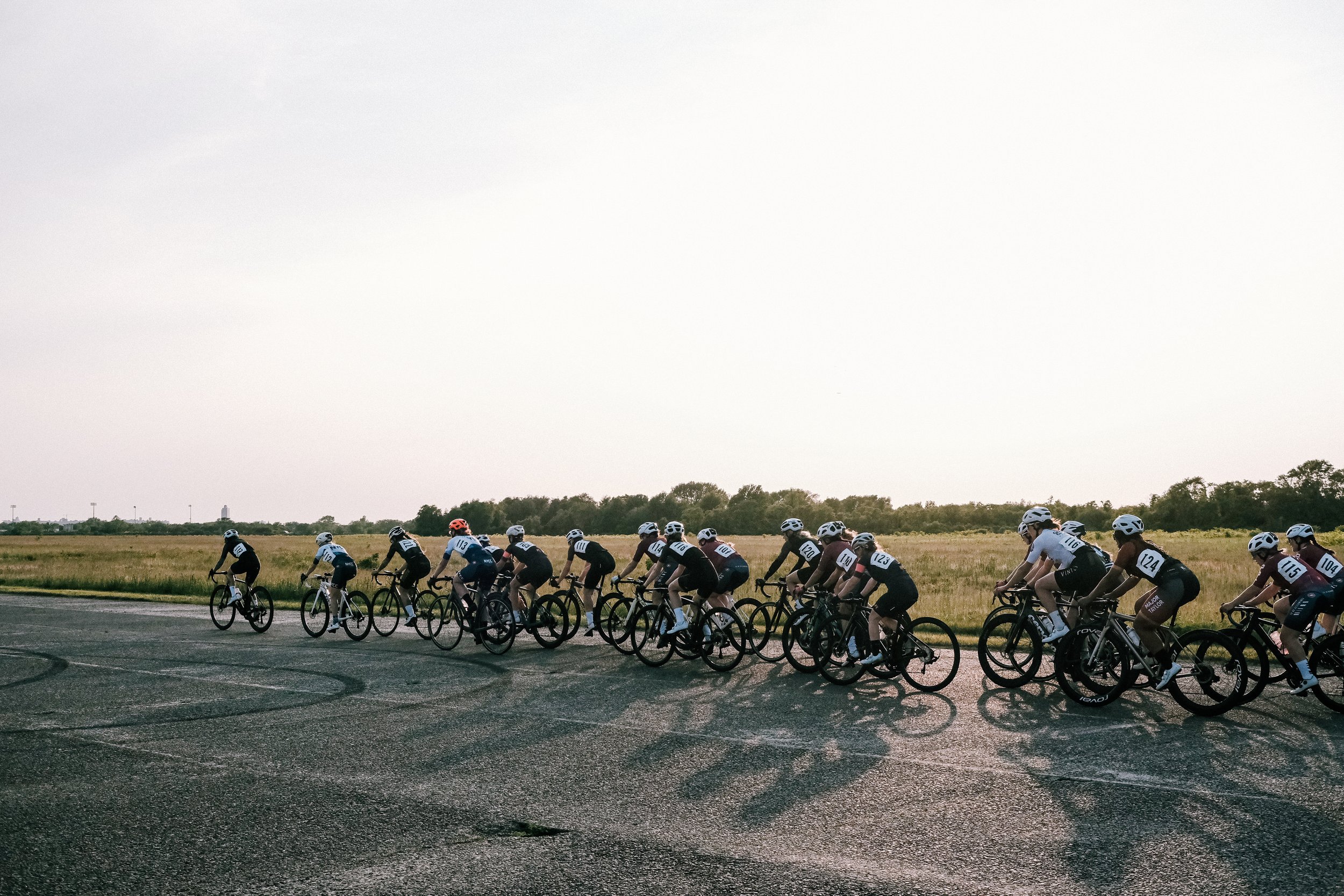
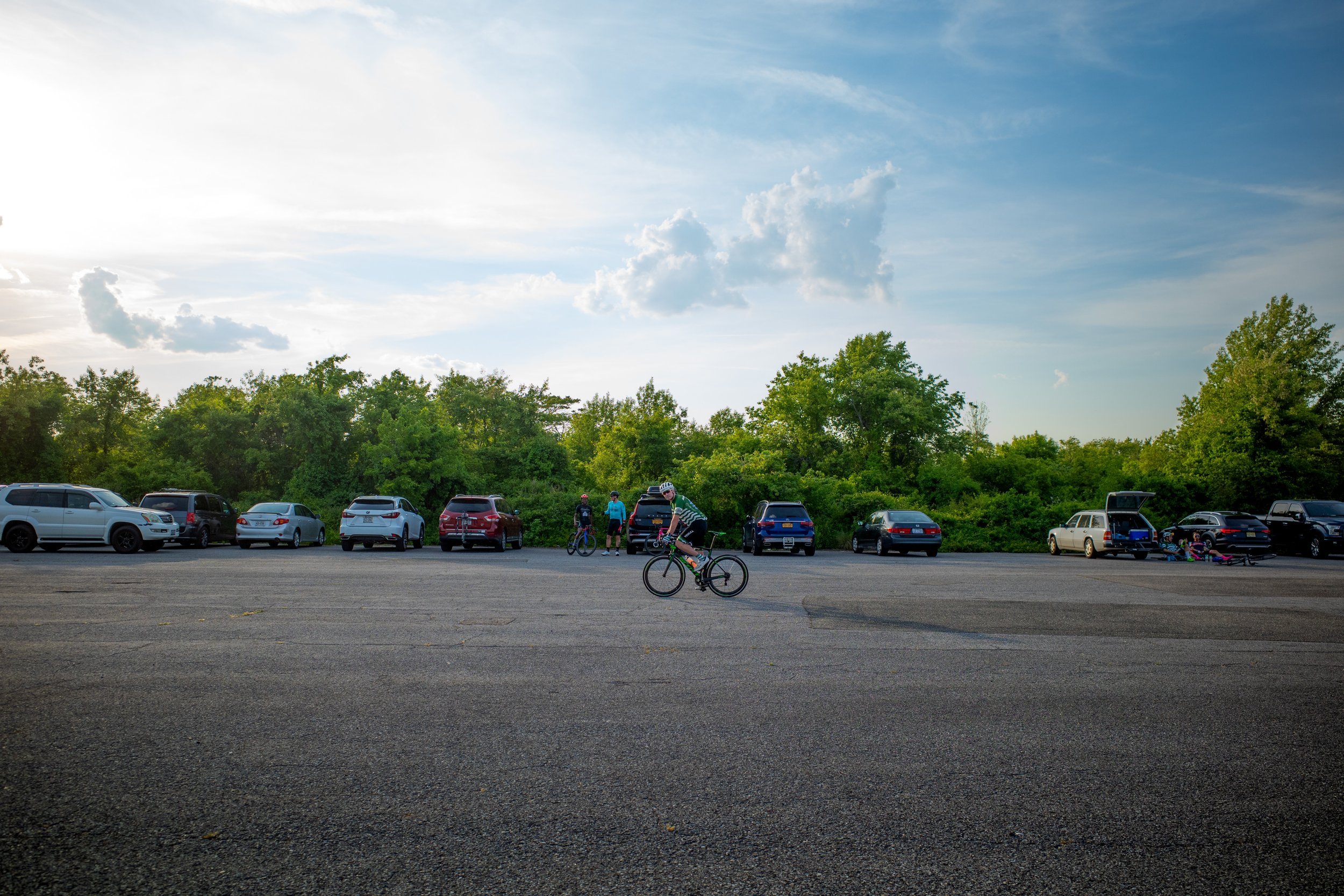
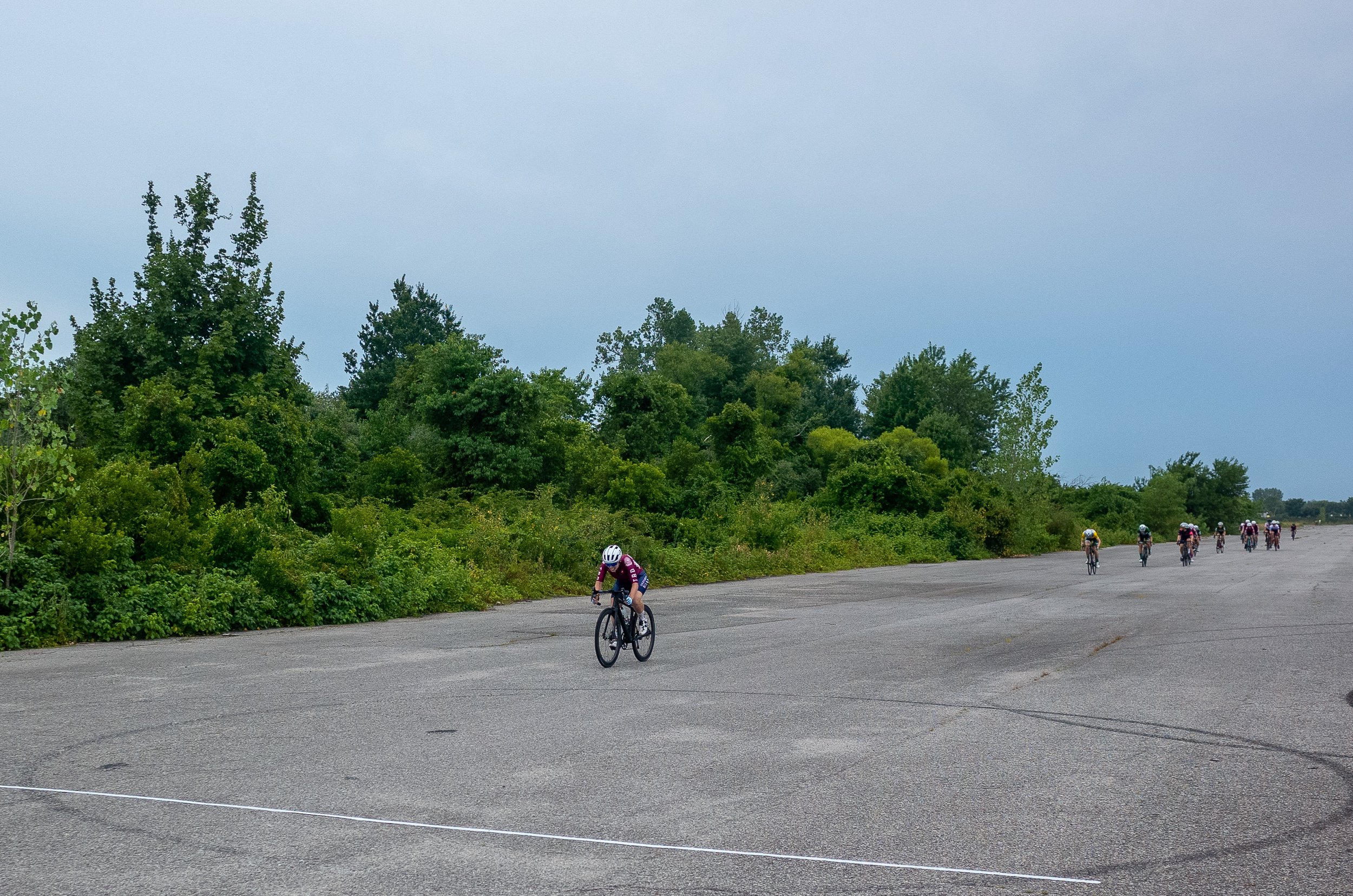


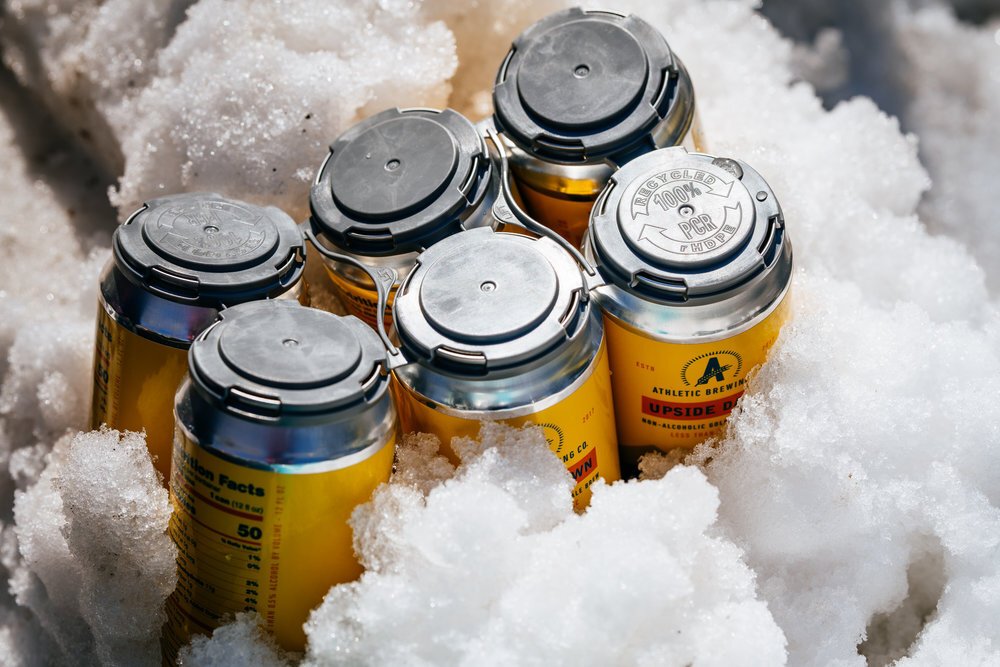


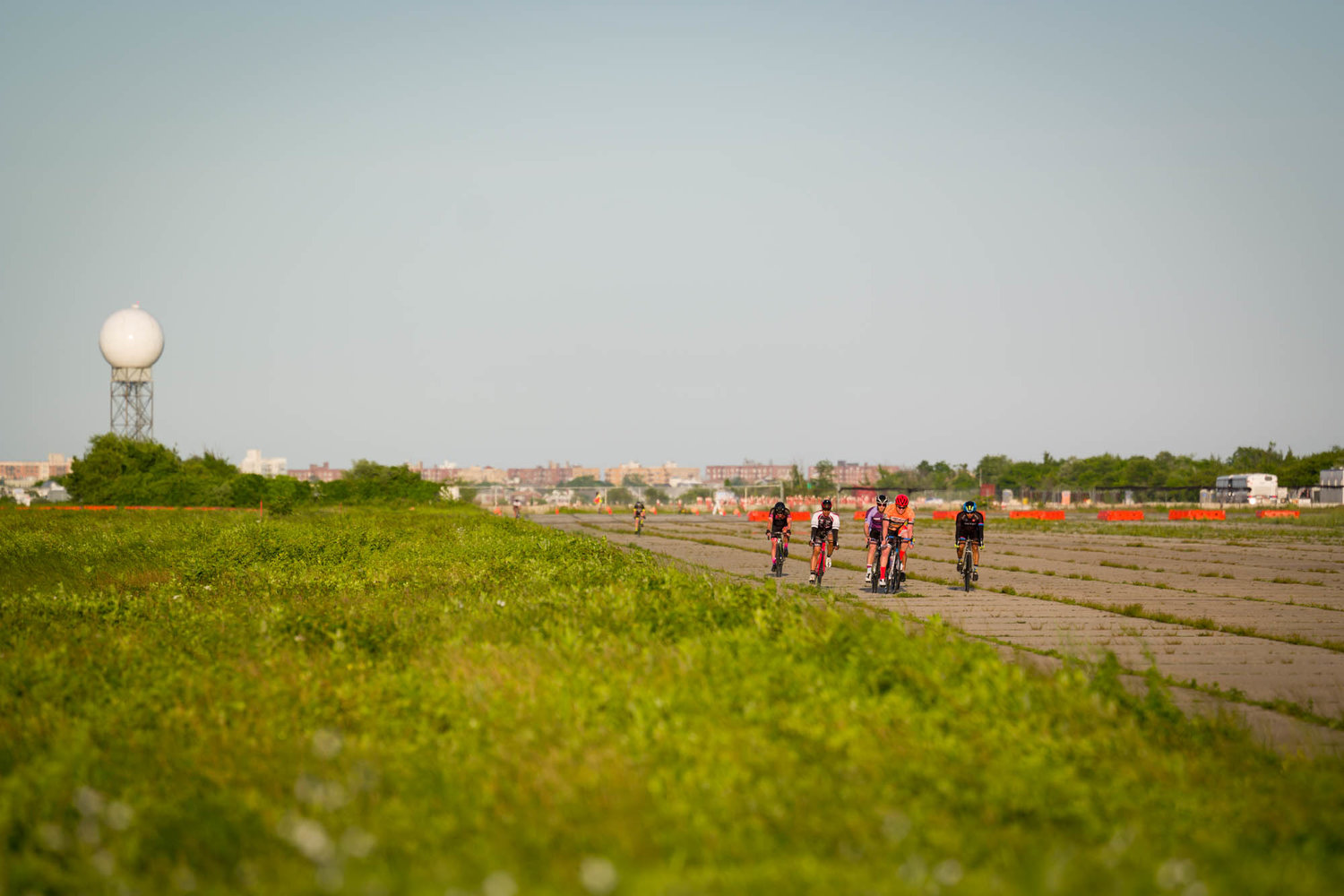
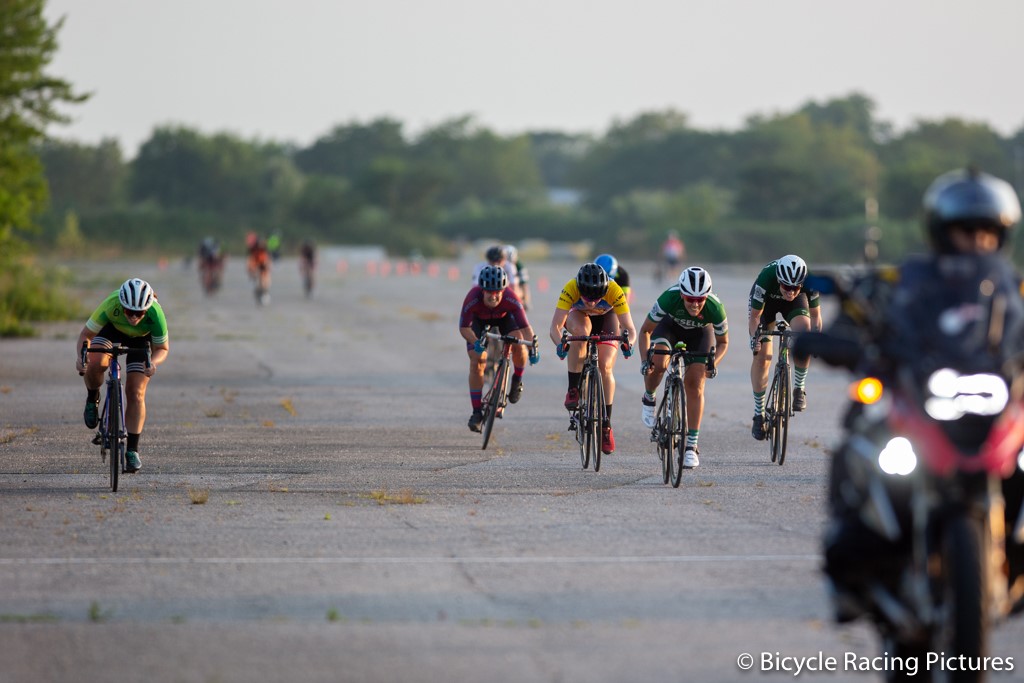








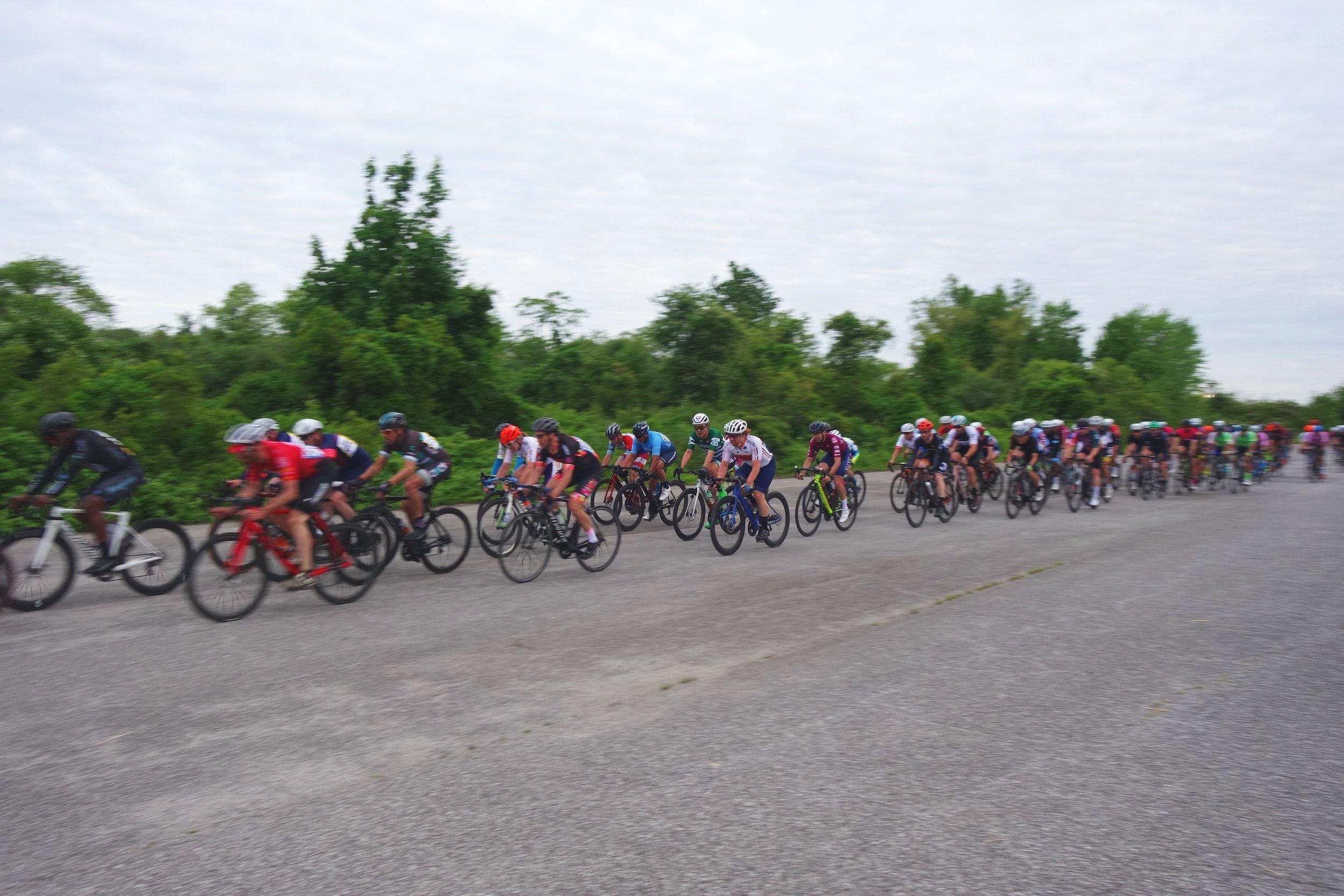



One of our favorite days of the year returns: NYC”s race day, beach day